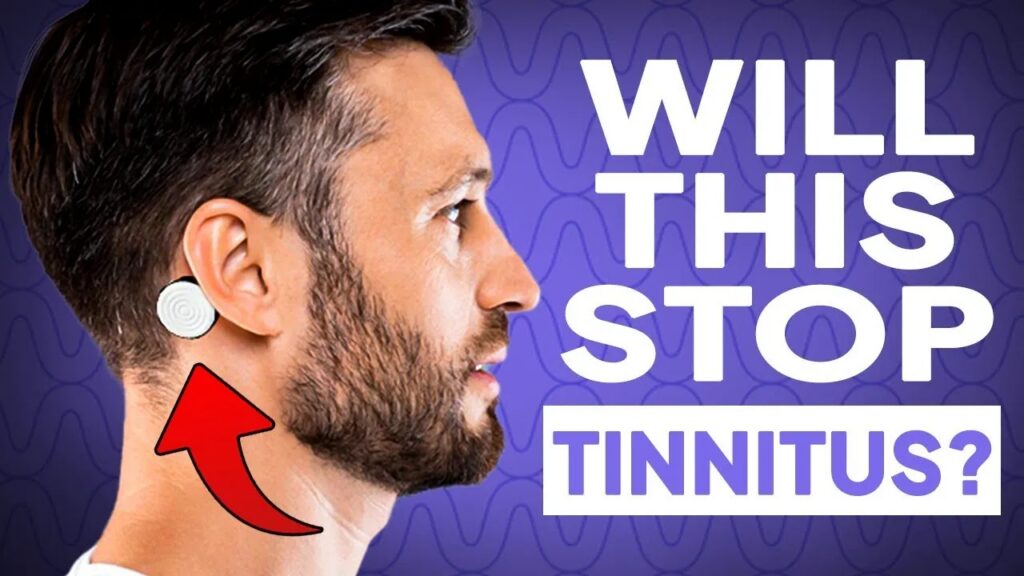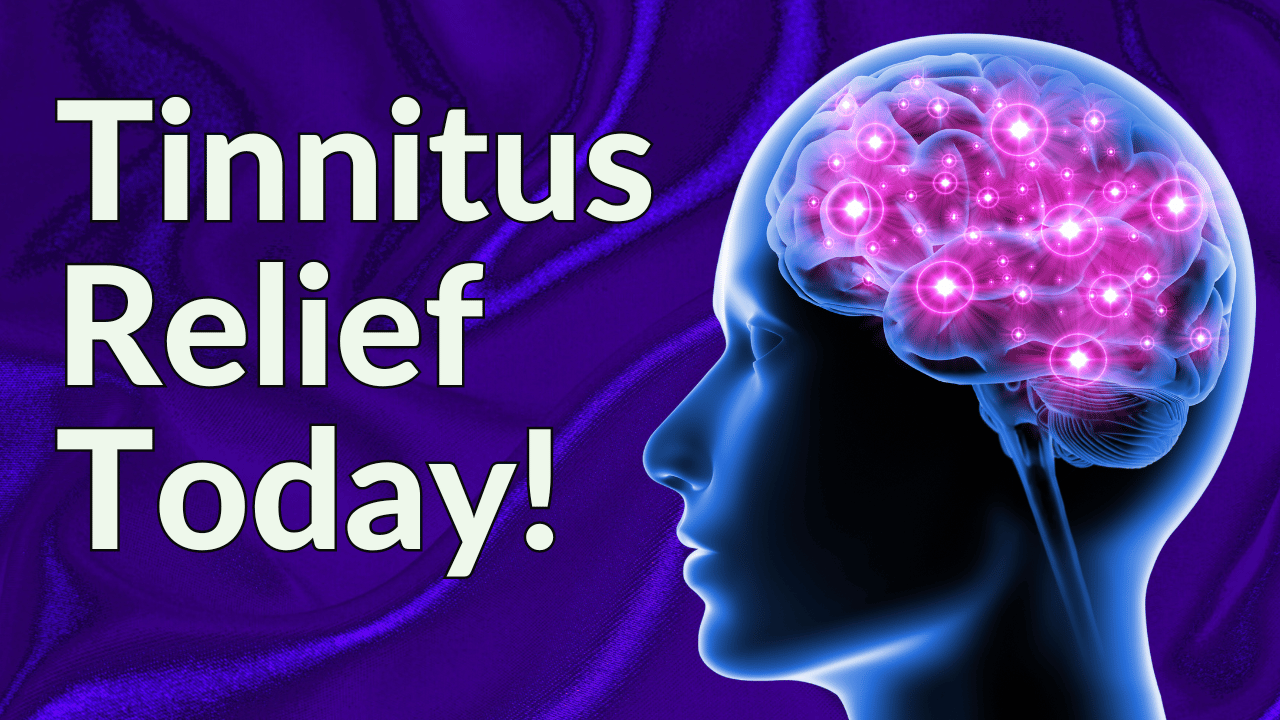Tinnitus is one of those medical conditions that science has yet to fully figure out. Sometimes tinnitus can be spontaneous, other times it can come from hearing loss. In some cases, tinnitus can point to a more serious medical condition like a tumor, blood flow issues, or even head trauma. The general consensus is there’s no cure for tinnitus, however/ there are treatment options.
Tinearity G1 by Duearity is one of the newest tinnitus devices available to tinnitus patients in the U.S., and the tinnitus community is abuzz with questions about its potential. Can using this new device treat your tinnitus? Let’s find out.
Tinearity G1 By Duearity
Dueairty is a Swedish medical company founded by Peter Arndt, a tinnitus patient himself. Development began in 2020, and since then, the medical device received the green light in the UK by the UKCA (former CE) and later in the US by the FDA for tinnitus management.
Appearance
The first thing you might notice about Tinearity is its size. Many patients are concerned about having visible devices on or near their ears, and this is part of the reason invisible hearing aids are so common and sought after. If this isn’t a concern for you, then the size of Tinearity shouldn’t matter.
"Treble Health helped me turn down the sound of my tinnitus. Now I can breathe, and get on with my life!"


"Treble Health helped me turn down the sound of my tinnitus. Now I can breathe, and get on with my life!"
– Elisa
Book a free consultation to learn which Treble Health solution is right for you. Join Elisa and thousands more who have found lasting tinnitus relief.
Tinearity comes as a set of two sound generators, one for each ear, a charging pad, and a compatible USB charger. It also features adaptors, or sticky pads, used to connect the sound generators to the bone behind your ear that are replaced every month.
How It Works
Tinearity uses bone conduction technology, sort of like the runners’ headphones that leave the ear canals open, to deliver sound therapy. Users are expected to wear Tinearity G1 for 6-8 hours a day as it plays white noise sound therapy to help facilitate masking the tinnitus sound and habituation. For best results, the manufacturers of Tinearity recommend using the device for 6-24 months as part of your existing treatment plan.
Sound therapy is one of the most widely recognized tinnitus management techniques. The general idea is that a consistent low-level sound set just under the volume of tinnitus can help patients ignore or get used to living with phantom sounds. Basic sound therapy involves a speaker or sound machine, and some patients even play these sounds throughout the night for relief.
Advanced sound therapy involves devices like the Duearity Tinnitus system, or hearing aids with tinnitus features. When sound therapy is combined with Cognitive Behavioral Therapy (CBT) techniques, this is called Tinnitus Retraining Therapy, or TRT.
How To Get It
You can only get Tinearity from your audiologist. After careful analysis of your tinnitus, they can determine if it’s appropriate for your current treatment plan. Think of it like prescription glasses – if you’ve ever tried someone else’s prescription glasses, you might strain your eyes in the process. The key here is setting the white noise below your tinnitus threshold.
The cost of the device is set by your clinic, and usually, the treatment package includes visits, fittings, follow-ups, etc. Your audiologist should help you compare your options to see if Tinearity is right for you.
Tinearity For TRT
According to Duearity, Tinearity G1 offers immediate relief for the majority of users with a pilot study finding that 70% of the participants had a reduction in their tinnitus functional index scores. How does this compare to existing sound therapy options? Here’s what users and audiologists alike have noticed about Tinearity:



- Battery life: The device has up to eight hours of battery life, but it takes about six hours to charge from zero. If the user forgets to charge the device after a single use, they run the risk of missing their treatment for hours. When compared to removable hearing aids that offer tinnitus features, and longer battery life (over 24 hours), this isn’t very impressive.
- Ease of use: Using Tinearity is pretty straightforward. It is programmed by your audiologist, and the user has to apply the adhesive and turn it on/off. There’s no need to connect it to an app for use. However, some patients complain that it doesn’t stay on at night, and find more benefit in Treble Health’s sound therapy devices and sleep headband.
- Maintenance: Taking care of the Tinearity system is simple. The manufacturers recommend cleaning it every week with soft detergent wipes and storing it in a temperature-controlled environment, away from dust, dirt, sunlight, and moisture.
- Volume: The volume on Tinearity devices is limited to a range of 10 decibels. This is loud enough for some people, but not everyone, especially those with high-pitch hearing loss.
- Tinnitus sound: Tinearity only offers white noise, and your audiologist can’t program alternatives like pink noise or water-based sounds. While this is one of the most popular tinnitus sound therapy sounds, it’s not for everyone, and some patients simply don’t respond well to it.
- Hearing loss: According to Duarity, the device is for people with normal hearing to mild hearing loss. This means Tinearity is not a good option for people with moderate to profound hearing loss.
- Adhesive: A major complaint users have with their Tinearity device is actually the single-use adhesive. Some people don’t like it at all, and while it usually does a good job of staying in place, the consensus across the hearing health community is that there are more sustainable alternatives.
- Price: Pricing will vary depending on the prescribing clinic, however, the Tinearity device is considered pricey for a sound therapy device, with prices starting at around $2,500. Cheaper, more efficient alternatives exist.
- Studies/research: The Tinearity website doesn’t include any kind of peer-reviewed articles, and to date, there have only been small pilot studies presented at conferences here and there. Furthermore, the studies cited on their website relate to the efficacy of sound therapy or TRT and not the Tinearity device specifically.
The Verdict
Tinearity is an improvement to earbuds or bone conduction headphones for white noise sound therapy. Sound therapy devices should never block the ear canal and should allow your ears to pick up natural ambient noise. Never use headphones for sound therapy that reduce your ability to hear sounds around you.
With that said, there are better alternatives for Tinnitus Retraining Therapy. The experts at Treble Health recommend these gold-star TRT treatment options:
Counseling
TRT is rooted in the principle that the brain’s reaction to tinnitus can be retrained through education and counseling. Over the past couple of decades, there has been an abundance of research into neuroplasticity, which has to do with the brain’s ability to change in response to changing outside stimulus. This research shows that our brains continue to change even in adulthood, given the right stimulus. Tinnitus retraining therapy also has some elements that are similar to cognitive behavioral therapy (CBT).
Sound Therapy
Sound enrichment – or sound therapy – is another important component of tinnitus retraining therapy. Sound therapy is often delivered in the form of hearing aids, ear-level sound generators (also called maskers), or sound machines. Ear-level sounds (through hearing aids or sound generators) are a convenient way to have constant access to sound therapy, since they are extremely discreet and do not require a physical sound machine to be carried around.
Reduce Your Tinnitus With The Treble Health Team
At Treble Health, our team of audiologists are well versed in all aspects of tinnitus. If you’re experiencing challenges with tinnitus, our tinnitus specialists are here to help with a complimentary telehealth consultation. This session is designed to provide you with expert guidance and personalized strategies to tackle your tinnitus.
In this 20-minute Zoom consultation, our audiologists will listen to your story, assess your specific needs, and offer recommendations tailored to your condition. We are dedicated to helping you improve your auditory health. Contact us today to schedule your free consultation and begin your journey towards a quieter life.
Next Step: Book Free Consultation
- 75% of patients reduced their tinnitus within three months after following our recommendations.
- "I feel like Treble Health literally gave me my life back." - Randy S. (verified customer)
- Join thousands of people who have reduced their tinnitus after scheduling a free consultation.




















